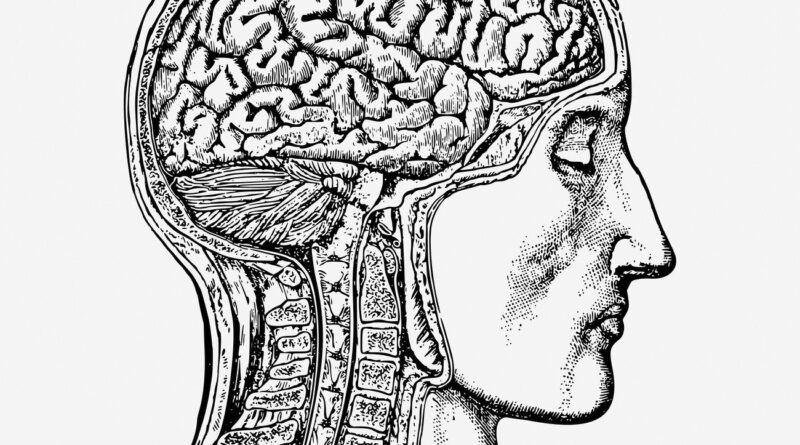How memories are stored in the brain?
- Short-term memories are stored in an area of the brain called the hippocampus
- These are later consolidated and transferred to long-term storage
- But a new study reveals that memories are formed in both areas simultaneously
- The findings could change how we understand and treat memory disorders
Have you ever wondered how memories are stored in the brain ? there is a process called consolidation. During consolidation, short-term memories are transformed into long-term memories and stored in various regions of the brain.When we visit a friend or go to the beach, our brain stores a short-term memory of the experience in a part of the brain called the hippocampus.
Those memories are later consolidated and transferred to another part of the brain for long-term storage.
Now a new study has revealed, for the first time, that memories are actually formed simultaneously in the hippocampus and a long-term storage location in the brain called the cortex.
However, the long-term memories remain ‘silent’ for about two weeks before they ‘mature’ over time.
The process of memory consolidation occurs in two stages:
- Short-term memory storage: When you first experience or learn something, the information is stored in your short-term memory. This type of memory is temporary and can hold a limited amount of information for a short period of time (usually a few seconds to a few minutes).
- Long-term memory storage: To move information from short-term memory to long-term memory, it needs to be consolidated. This process involves the strengthening of connections between neurons (nerve cells) in the brain. When these connections are strengthened, the information becomes more stable and is less likely to be forgotten.
There are several regions of the brain that are involved in memory consolidation, including the hippocampus and the cortex. The hippocampus is a small, seahorse-shaped region of the brain that plays a key role in transferring information from short-term to long-term memory.
The cortex is the outer layer of the brain and is responsible for processing and storing information. Different areas of the cortex are responsible for storing different types of information, such as sensory information, language, and spatial awareness.
It’s worth noting that memories are not stored in a specific location in the brain, but rather they are distributed throughout the brain in a process called memory association. This means that memories are connected to other memories and experiences and can be triggered by various stimuli, such as sights, sounds, and emotions.

A new study reveals, for the first time, that memories are actually formed simultaneously in the hippocampus and a long-term storage location in the brain called the cortex (stock image)
How memories are stored in the brain?
‘In our study we identified that memory status naturally changes from active to silent in some parts of the brain, while other parts change from silent to active,’
Also read : Hormones plays an important role for Memories in Female
‘If we identified a mechanism for the overactive memory in PTSD to be switched back to silent, we may find a way to treat the disease.
‘Additionally, we could potentially activate the frozen, silent memories of amnesiac patients to retrieve their past.’
In the study, the team labelled memory cells in mice called ‘engram cells’ during a fear-conditioning event – a mild electric shock delivered when the mouse is in a particular chamber.
Then, they used light to activate the memory cells at different times and see if this provoked a behavioural response from the mice, namely freezing in place.
Just one day after the fear-conditioning event, the researchers found that fear memories were stored in cells in two areas of the brain associated with memory, known as the hippocampus and the prefrontal cortex.
However, the memory cells in the prefrontal cortex were ‘silent’.
Schematic model showing how memory is consolidated in the prefrontal cortex and how brain circuitry shifts as hippocampal memory cells (HPC) become silent and prefrontal cortex memory cells (PFC) become active
These cells could stimulate freezing behaviour when activated by UV light, but did not fire during natural memory recall.
Long-term memories are stored in various regions of the brain, including the hippocampus, the neocortex, and the amygdala. The exact location of a particular memory may depend on the nature of the information being stored and the sensory experiences associated with it. For example, visual memories may be stored in the occipital lobe, while auditory memories may be stored in the temporal lobe.





